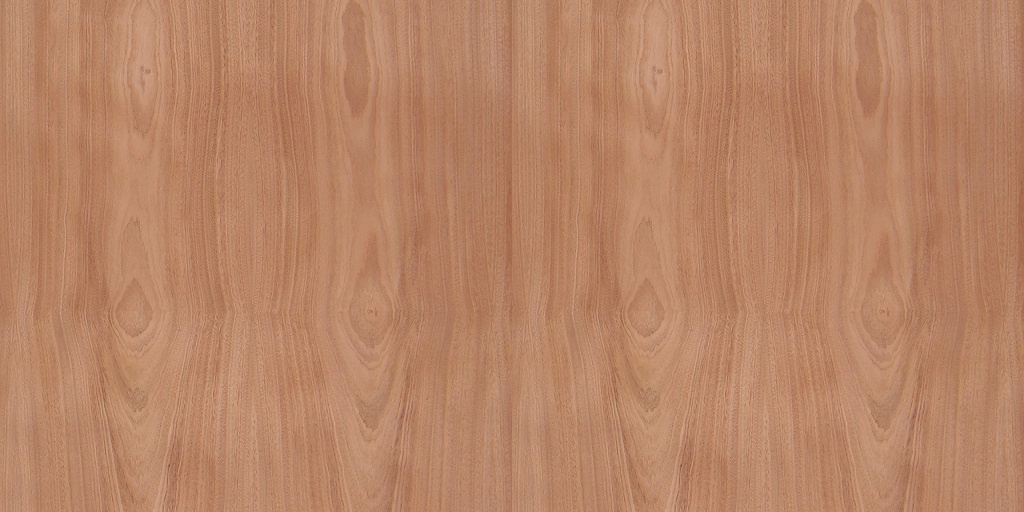For those of you not familiar with mahogany, it is a species of tree that produces a rich, reddish brown lumber that is coveted not only for its deep color, but for its strength, density, hardness, and resistance to rot, moisture, insects, and UV-exposure.
It is of great commercial value, and as a result, global mahogany stocks are under a lot of stress. Mahogany is classified by the International Union for the Conservation of Nature (IUCN) as endangered, largely as a result of habitat loss, unchecked harvesting, and illegal logging.
But there’s a silver lining. You can still enjoy the beauty of real mahogany wood without contributing excessively to overharvesting - through the use of mahogany veneer.
Mahogany Veneer and Stretching Stocks Further
Solid mahogany is coveted both for its strength and beauty, but the use of solid mahogany to produce furniture, wall paneling, and other accents puts the greatest strain on global supplies, most of which are concentrated in South America and the Caribbean.
A solution that will allow enterprising designers, woodworkers and hobbyists to reap some of the benefits (and all of the aesthetic allure) of mahogany is veneer.
Unlike solid hardwood, mahogany veneer consists of very fine layers of wood that are shaven off of a solid log, then bonded to a backer, typically either paper, wood, or phenolic..
These sheets can then be glued to a substrate like MDF or plywood using an appropriate adhesive, such as contact cement.
The resulting piece, when measured, matched, cut, and applied appropriately, is nearly indistinguishable from solid hardwood, and some substrates, like MDF, are less prone to swelling and cracking than solid wood is.
But, more importantly, one single log can produce a large quantity of mahogany veneer panels, which makes the use of veneer much more economical than solid hardwood, helping to ease the strain on the species.
Oakwood Veneer: Sustainable by Nature
On top of the fact that mahogany veneer is inherently more economical than the use of solid hardwood, one company is going above and beyond to make the world a better place.
That company is Oakwood Veneer - which not only sells mahogany veneer (and many other exotic species and exclusive cuts) but which has partnered with the National Forest Foundation (NFF) to plant a tree in the United States for every order purchased through their Plant It Forward program.
Granted, that will not directly renew the stocks of mahogany, most of which are produced outside of the United States anyway, but it will go a long way towards reforesting our own country.
And, with reforestation efforts come an expanded global carbon sink that’s better able to sequester the fallout from collective emissions. l This leads to better quality air, better soil management, and a healthier overall ecosystem that supports a diverse range of different organisms.
Naturally, of course, it also helps contribute to ongoing efforts to create more sustainable economic models, especially with respect to the harvest of renewable resources like wood, from which veneer is made, anyway.
The bottom line - if you’re looking for mahogany veneer (or any wood veneer) - check out Oakwood Veneer first.
For More Information about Walnut Veneer and Walnut Edgebanding Please Visit: Oakwood Veneer Company.


No comments yet